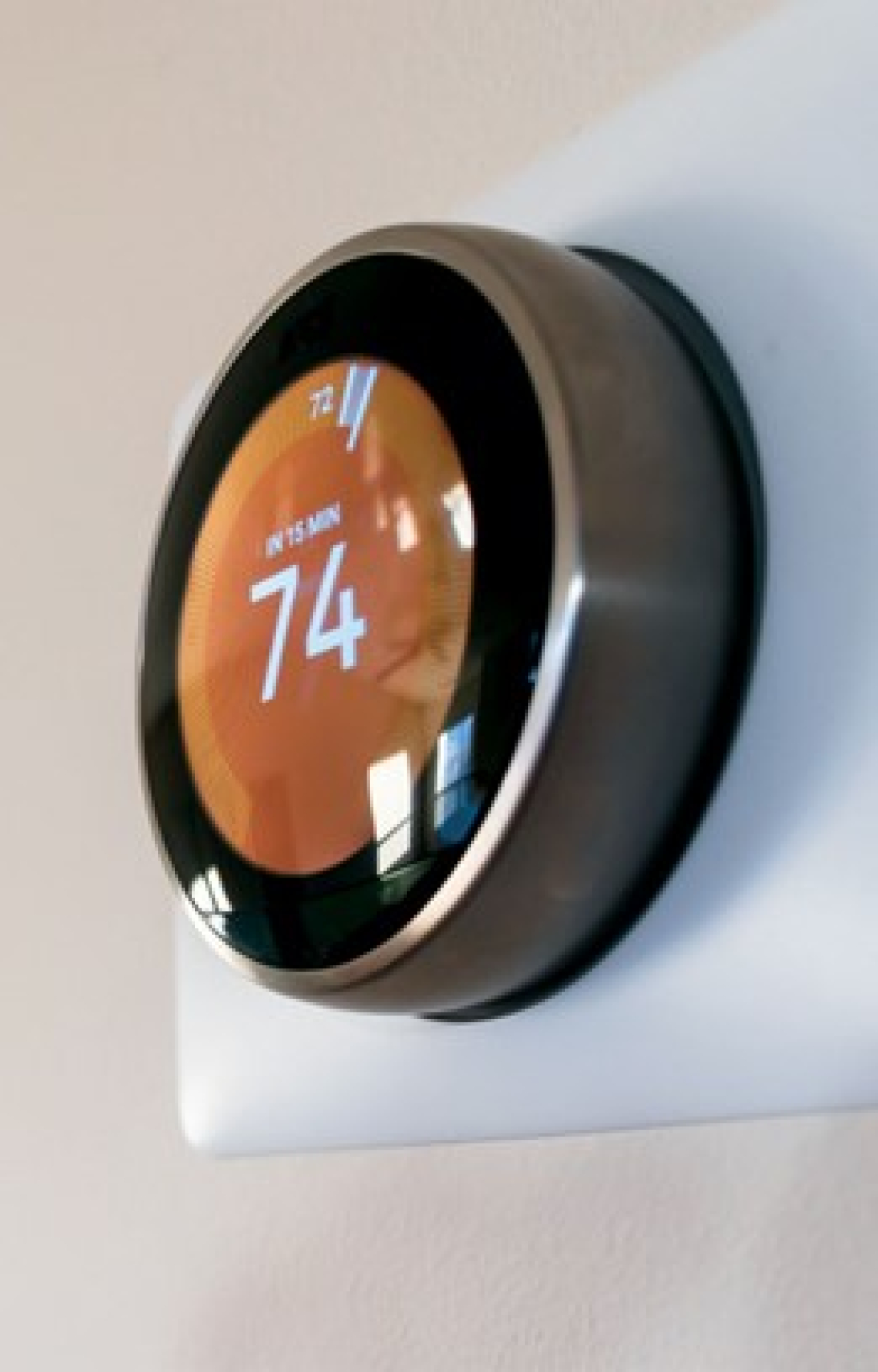PROJECT INFORMATION
Team: University of Oklahoma
Building Component: HVAC
Application: New Construction and Retrofit
Climate Zone: Hot-Humid, Mixed-Humid, Marine

Residential homes have the potential for substantial energy savings by using advanced home air conditioning systems for fault detection and optimal performance.
The University of Oklahoma developed a learning-based home thermal model that operates a model predictive control-based optimization agent to optimize residential HVAC operation. The learning-based model also contains an automated fault detection and diagnosis agent to detect and diagnose airflow reduction and refrigerant undercharge. Data was connected through smart thermostats, smart meters, and remote-control access of air conditioning units.
During testing of the learning-based model, it was concluded that the model can accurately predict 12-hours-ahead space air temperature and make optimal AC operation decisions that leverage information from the resident’s preferred temperatures, weather forecasts, home thermal condition, and utility time-of-use rate. A self-learning home thermal model that calculates thermal loads and learns the thermal properties of the home is important for optimization.
The fault-detection agent was successful in detecting and diagnosing airflow reduction and incorrect refrigerant charging level when the severity reached a 30% threshold. When both faults were detected at the same time, a second validation method was required to effectively detect airflow reduction.
Learn more about Building America's work.
RELATED PUBLICATIONS
Technical Report: Development and Validation of Home Comfort System for Total Performance Deficiency/Fault Detection and Optimal Comfort Control

